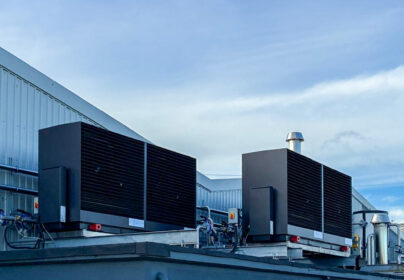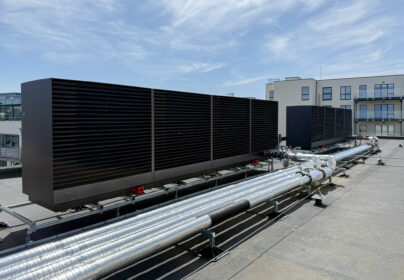Lower installation costs. Installing a horizontal ground collector is typically more cost-effective compared to a vertical one since it requires fewer materials and less intensive labor.
Energy efficiency. The earth maintains a stable temperature throughout the year, enabling efficient utilization of geothermal energy. Horizontal ground collectors provide a stable heat source for the geothermal heat pump, enhancing the system’s energy efficiency.
Environmental friendliness. Geothermal systems do not emit harmful CO2 emissions, contributing to a reduced carbon footprint of the building and environmental conservation. When the ground collector is properly installed, heat extraction is minimal, maintaining consistent ground temperature regardless of the season. If you choose to plant vegetation above the collector, it’s advisable to select plant types that adapt well to your local conditions and have smaller roots to avoid compromising the collector.
Long lifespan. Horizontal ground collectors are typically buried underground, protecting them from external influences. This longevity and minimal maintenance requirement result from their protected location.
Simpler permits and regulations. In some cases, obtaining permits and complying with regulatory requirements may be easier for the installation of a horizontal ground collector, as it is less invasive and does not require deep excavations or drilling compared to a vertical ground collector.
In summary, horizontal ground collectors are an efficient and environmentally friendly way to harness geothermal energy for heating, cooling, and domestic hot water preparation. With a stable ground temperature, they provide a consistent heat source for the geothermal heat pump. Horizontal ground collectors are suitable for buildings with sufficient available land, enabling energy-efficient heating, cooling, and long-term energy cost savings.
If you would like a worry-free heating system for your home, need additional information, or seek personal advice, contact us at info@kronoterm.com or at 03 703 16 20.







